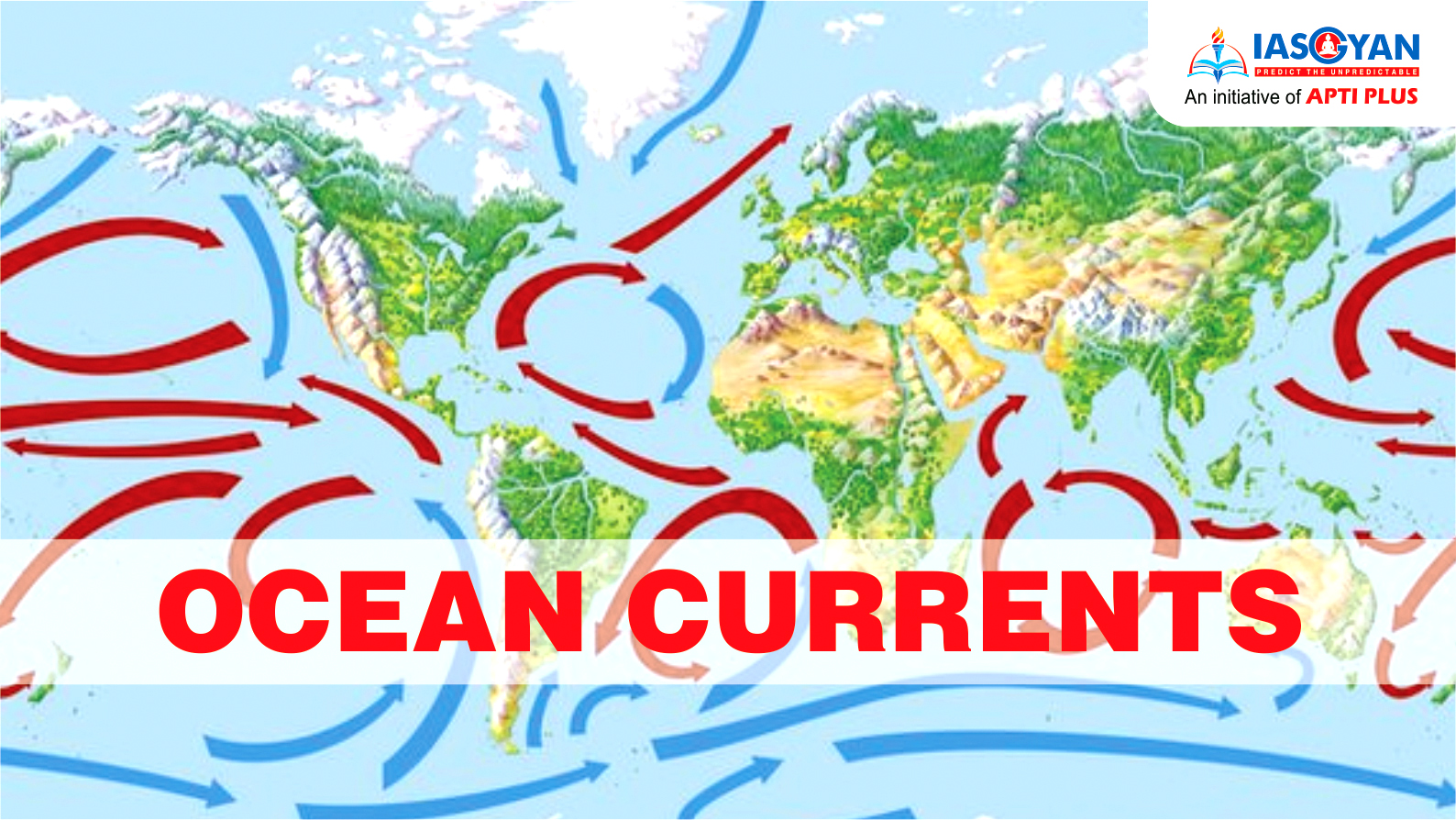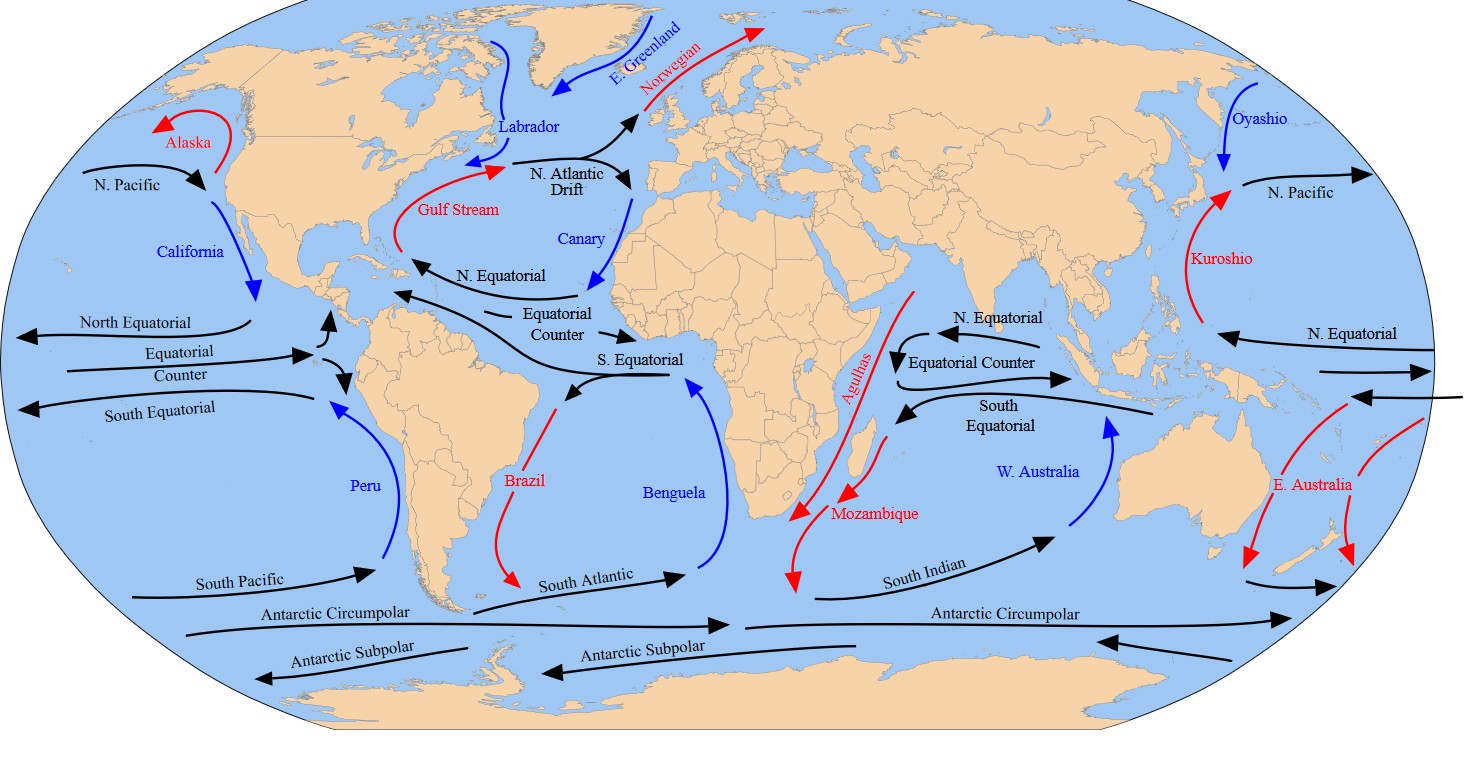





|
Cold Ocean Current |
Region |
Important or Additional Facts |
|
Humboldt or Peruvian Current |
South Pacific Ocean |
|
|
Kurile or Oya shio Current |
North Pacific Ocean |
|
|
California Current |
Pacific Ocean |
|
|
Antarctic Circumpolar Current |
Southern Ocean |
|
|
Labrador Current |
North Atlantic Ocean |
|
|
Canary Current |
North Atlantic Ocean |
|
|
Eastern Greenland Current |
Arctic Ocean & North Atlantic Ocean |
|
|
Benguela Current |
South Atlantic Ocean |
|
|
Falkland Current |
South Atlantic Ocean |
|
|
Northeast Monsoon Current |
North Indian Ocean |
|
|
Somali Current |
West Indian Ocean |
|
|
Western Australian Current |
Southern Ocean & South Indian Ocean |
|
|
South Indian Ocean Current |
South Indian Ocean |
|
|
List of Warm Warm Ocean Current |
Region |
Important or Additional Facts |
|
North Equatorial Current |
Pacific Ocean & Atlantic Ocean |
|
|
Kuroshio Current |
Pacific Ocean |
|
|
North Pacific Current |
Pacific Ocean |
|
|
Alaskan Current |
North Pacific Ocean |
|
|
Equatorial Counter Current |
Atlantic Ocean, Pacific Ocean, and the Indian Ocean |
|
|
El Nino Current |
Central & East-Central Equatorial Pacific |
|
|
Tsushima Current |
Sea of Japan |
|
|
South Equatorial Current |
Atlantic Ocean, Pacific Ocean, and the Indian Ocean |
|
|
East Australian Current |
South-Western Pacific Ocean |
|
|
Florida Current |
South Atlantic Ocean & Caribbean Sea |
|
|
Gulf Stream |
North Atlantic Ocean |
|
|
Norwegian Current |
North Sea (Atlantic Ocean) & Barents Sea (Arctic Ocean) |
|
|
Irminger Current |
North Atlantic Ocean |
|
|
Antilles Current |
North Atlantic Ocean |
|
|
Brazilian Current |
South Atlantic Ocean |
|
|
Mozambique Current |
Indian Ocean |
|
|
Agulhas Current |
South-West Indian Ocean |
|
|
Southwest Monsoon Current |
Indian Ocean |
|
Disclaimer: No copyright infringement intended.
© 2025 iasgyan. All right reserved